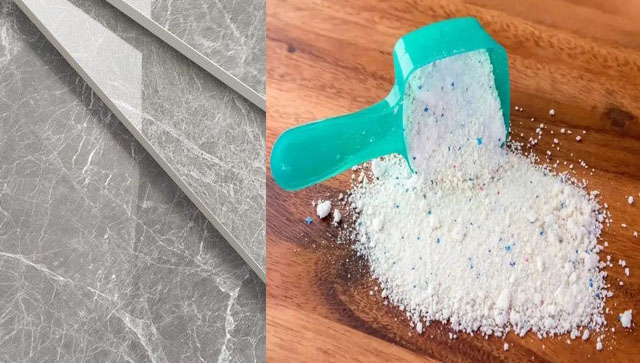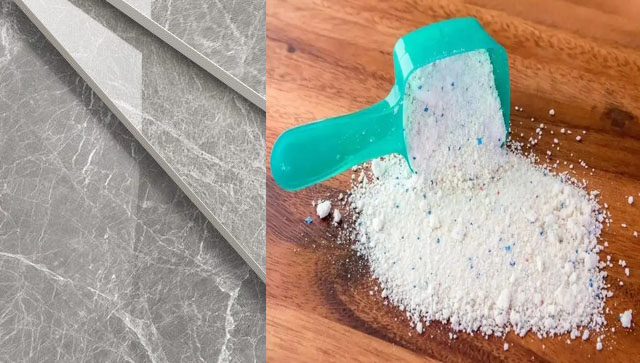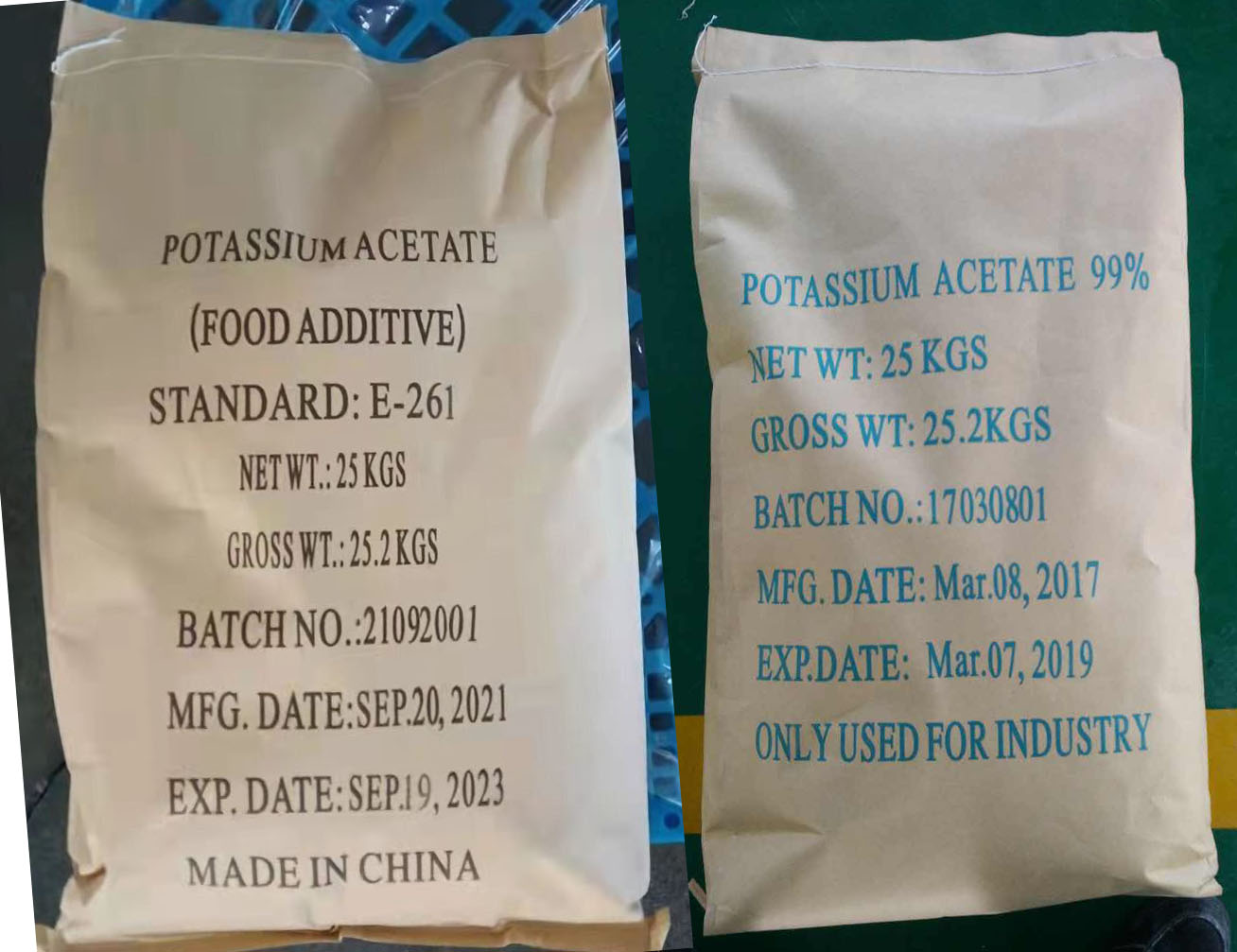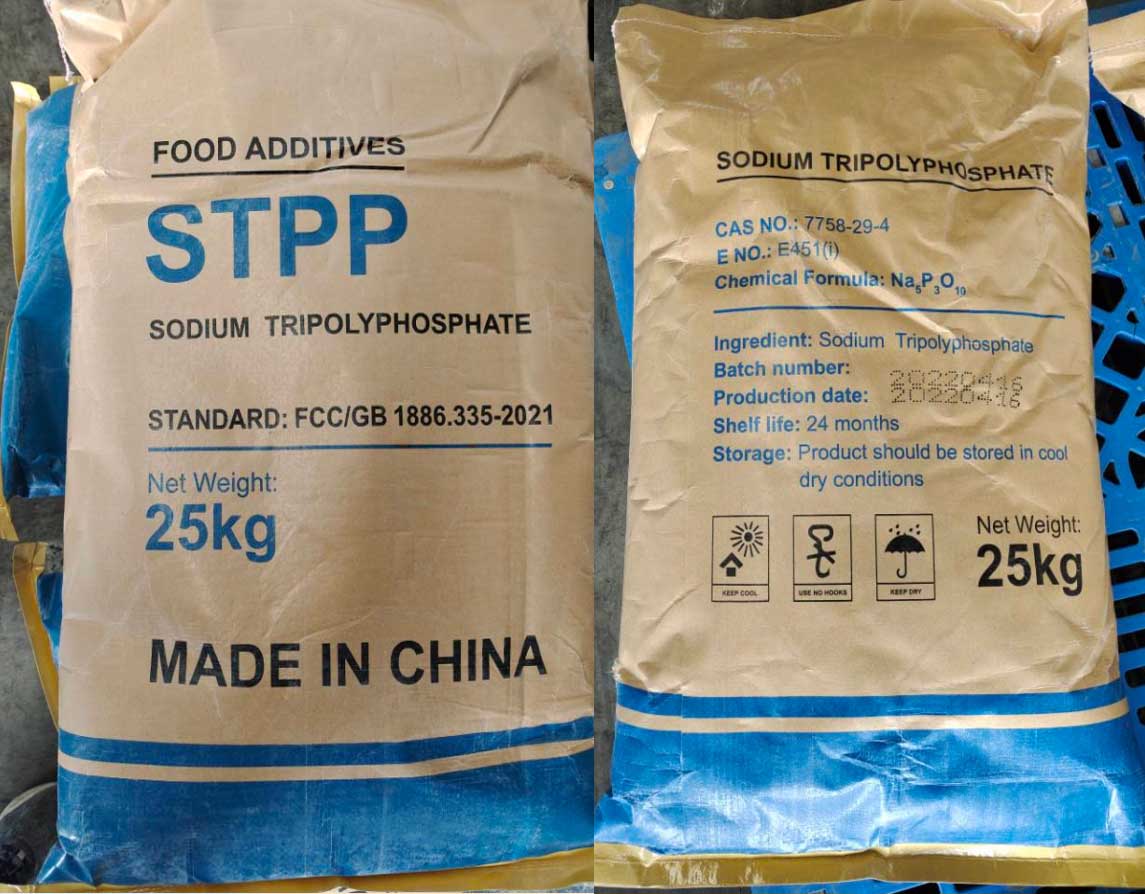Introduction to the Application of Sodium Tripolyphosphate (STPP) in Ceramic Production
1. Overview of Sodium Tripolyphosphate (STPP)
Sodium Tripolyphosphate (STPP) is an inorganic compound with the chemical formula Na₅P₃O₁₀. It is a water-soluble polyphosphate widely used in various industrial applications, including ceramics, detergents, food processing, and water treatment. STPP functions as a dispersant, deflocculant, and stabilizer in ceramic production, playing a crucial role in improving the properties of ceramic suspensions and finished products.
2. Role of STPP in Ceramic Production
Ceramic manufacturing involves the preparation of ceramic slurries (or slips), shaping, drying, and firing processes. Throughout these stages, STPP is primarily used to enhance the flow properties of ceramic suspensions, improve particle dispersion, and optimize the production process. Below are the key applications of STPP in ceramics:
2.1 Dispersing Agent in Ceramic Slurry
Particle Suspension: STPP is a powerful dispersant that helps in breaking up agglomerates of ceramic particles in aqueous suspensions.
Rheological Control: It reduces viscosity, allowing for smoother flow and better processing of ceramic slips, ensuring uniformity in molding and casting.
Prevention of Sedimentation: It stabilizes the suspension by preventing particles from settling at the bottom, leading to a homogeneous slip.
2.2 Deflocculant in Clay Processing
Improving Plasticity: STPP acts as a deflocculant by reducing the inter-particle attraction in clay bodies, thereby improving the plasticity of the material.
Water Reduction: It enables a reduction in the amount of water needed in ceramic pastes, which improves drying efficiency and minimizes shrinkage during firing.
2.3 Impact on Drying and Firing Stages
Minimizing Cracks and Warping: Due to its ability to reduce water content and improve particle packing, STPP helps prevent defects such as cracking and warping during drying.
Enhancing Mechanical Strength: By ensuring better particle distribution and compaction, STPP contributes to the strength and durability of the final ceramic product.
2.4 Influence on Glaze and Surface Finish
Smoothness and Uniformity: STPP is used in glaze suspensions to improve their application properties, ensuring an even and smooth coating.
Preventing Glaze Defects: It helps control glaze viscosity, reducing issues like pinholes, crawling, and improper adhesion to ceramic bodies.
3. Optimal Usage and Considerations
Dosage: The amount of STPP used varies based on the type of ceramic and the formulation of the slip, typically ranging between 0.1% and 0.5% by weight.
pH Influence: The effectiveness of STPP depends on the pH of the ceramic suspension, requiring proper adjustment to optimize dispersion.
Compatibility: STPP should be used in combination with other additives to achieve the desired processing and product characteristics.
4. Conclusion
Sodium Tripolyphosphate (STPP) is an essential additive in ceramic production, enhancing the quality and efficiency of the manufacturing process. Its ability to disperse particles, reduce viscosity, and improve drying characteristics makes it a valuable component in ceramic formulations. Proper usage of STPP leads to improved workability, reduced defects, and superior mechanical properties in finished ceramic products, making it indispensable in modern ceramic industries.
How to Use Sodium Tripolyphosphate (STPP) in Ceramic Production
The proper use of Sodium Tripolyphosphate (STPP) in ceramic production is crucial for optimizing dispersion, reducing viscosity, and preventing defects. Below is a step-by-step guide on how to incorporate STPP into the ceramic manufacturing process, including recommended dosage and best practices.
1. Recommended Dosage of STPP
The amount of STPP required depends on the type of ceramic body, slip formulation, and specific processing conditions. Below are general dosage guidelines:
| Application | Recommended Dosage (by weight of dry materials) |
|---|---|
| Ceramic Slurry (Slip) | 0.1% – 0.5% |
| Clay Body (Plastic Forming) | 0.2% – 0.3% |
| Ceramic Glazes | 0.1% – 0.3% |
Note: The exact dosage should be determined through small-scale testing to achieve the desired viscosity and dispersion properties.
2. Step-by-Step Guide on Adding STPP
Step 1: Preparation of STPP Solution
STPP should be pre-dissolved in water before being added to the ceramic mixture.
Use a concentration of 5% – 10% STPP solution (e.g., dissolve 50g – 100g of STPP in 1 liter of water).
Stir well until fully dissolved to avoid undissolved particles.
Step 2: Adding STPP to the Ceramic Slurry
Gradually add the STPP solution into the ceramic slip while continuously stirring.
Ensure slow and uniform mixing to prevent localized high concentrations that can cause over-deflocculation.
After adding, mix the slip for 15 – 30 minutes to allow STPP to take full effect.
Step 3: pH Adjustment (If Needed)
The optimal pH range for STPP in ceramic suspensions is 8.5 – 9.5.
If the pH is too low, add a small amount of sodium carbonate (Na₂CO₃) to increase it.
Monitor pH levels using a pH meter and adjust accordingly.
Step 4: Checking Viscosity and Fluidity
Measure the viscosity of the slip using a viscometer or flow cup to ensure it meets processing requirements.
The ideal slip should have a low viscosity for easy casting or glazing while maintaining proper suspension stability.
If needed, adjust the STPP dosage slightly by adding small increments (e.g., 0.05%) and retesting.
3. Special Considerations and Best Practices
✅ Do not overuse STPP: Excessive amounts can lead to over-deflocculation, making the slip too thin and difficult to control.
✅ Ensure uniform mixing: Uneven distribution may cause localized thickening or settling.
✅ Adjust based on raw material properties: Different clays and ceramic compositions require slight modifications in STPP dosage.
✅ Store STPP properly: Keep it in a dry place to prevent moisture absorption, which can reduce its effectiveness.
4. Conclusion
Sodium Tripolyphosphate (STPP) is a key additive in ceramics, ensuring smooth dispersion, lower viscosity, and improved processing. By pre-dissolving, adding gradually, and adjusting pH, manufacturers can optimize its performance and improve ceramic quality. Always test in small batches before full-scale production to determine the optimal dosage for specific formulations.




